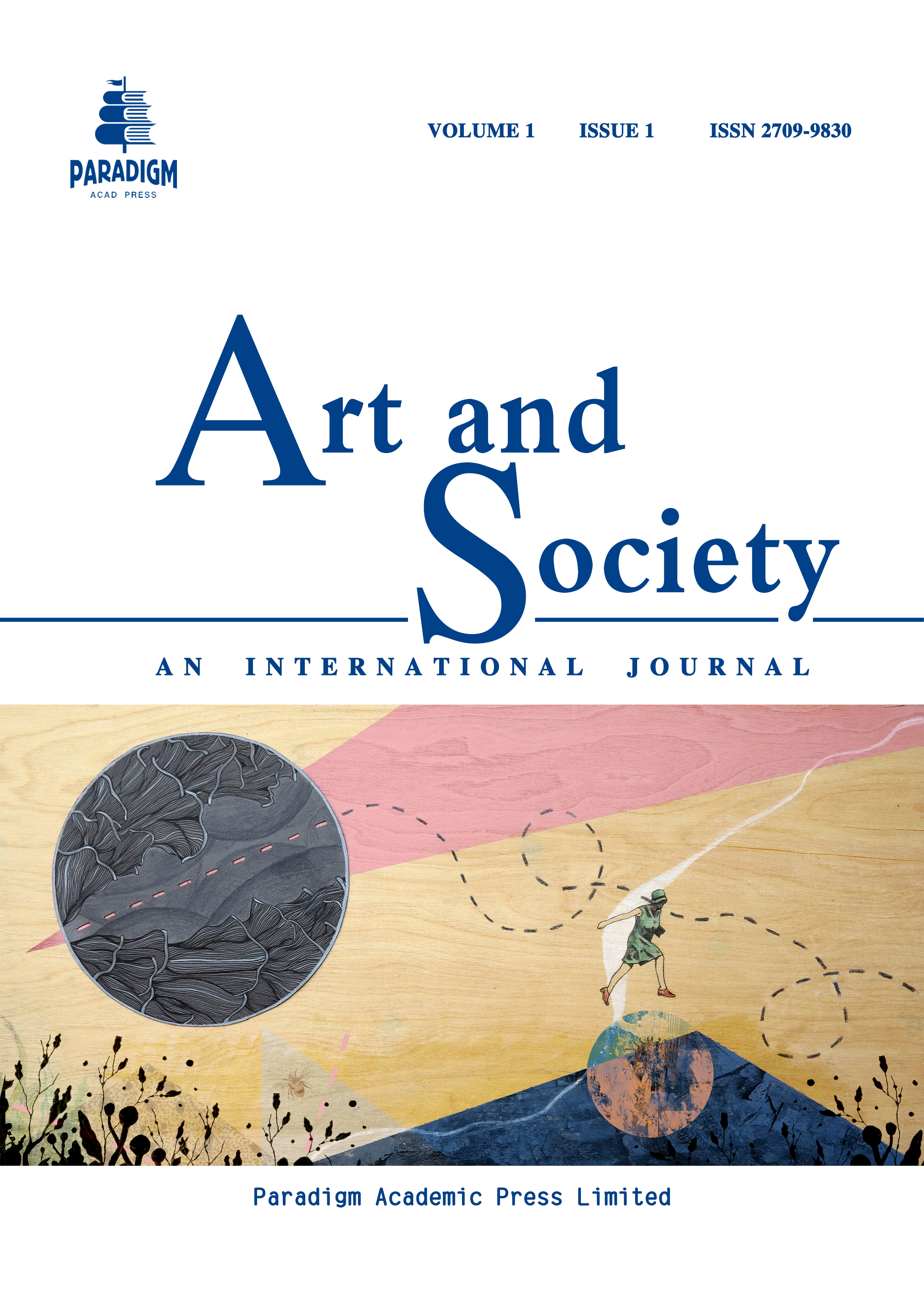Xu Bing’s Reimagining of Landscape Through Conceptual Ink Techniques
DOI:
https://doi.org/10.63593/AS.2709-9830.2025.07.002Keywords:
Xu Bing, conceptual ink painting, Chinese landscape art, Background Story, Landscript, Square Word Calligraphy, visual semioticsAbstract
This paper examines how Xu Bing reimagines the genre of Chinese landscape painting by replacing traditional brush-based techniques with conceptual, textual, and installation-based strategies. Rooted in classical aesthetics yet operating within a global postmodern framework, Xu Bing’s work interrogates the systems of meaning that define landscape, ink, and cultural heritage. The study focuses on major projects such as Background Story, Landscript, and Square Word Calligraphy, analyzing how Xu employs non-art materials, typographic repetition, lightboxes, and digital projection to subvert the visual logic of ink painting.
Rather than engaging with nature as an expressive or spiritual subject, Xu stages landscape as an allegorical construct—one that reflects ecological fragility, urban simulation, and cultural nostalgia in contemporary China. His technique of staging nature through garbage and textuality becomes a critique of both modern consumption and the commodification of tradition. At the same time, Xu positions the viewer as an active decoder, blurring the boundaries between seeing and reading, painting and writing.
Through theoretical lenses drawn from postmodernism, visual semiotics, and Sinophone aesthetics, this paper argues that Xu Bing is not simply modernizing ink, but deconstructing the epistemological foundations of visual culture itself. His work reveals landscape to be a historically coded and ideologically mediated system—one that must be reassembled, interrogated, and remapped in the age of global art and ecological uncertainty.


